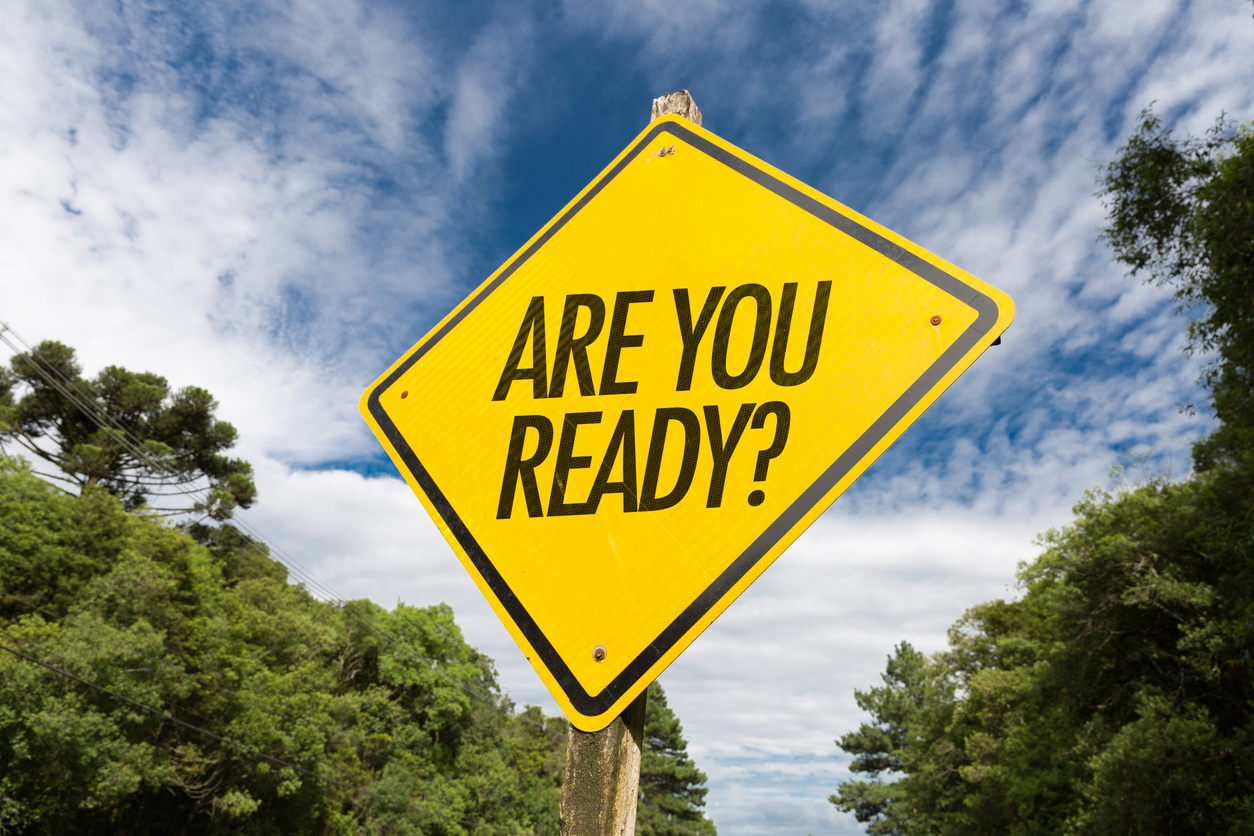Wildfire Survival: How to Stay Safe and Evacuate Effectively

Wildfires can move fast—faster than many people realize. In just minutes, a small spark can turn into a raging inferno, threatening homes, communities, and lives. Whether you live in a wildfire-prone area or are just passing through, knowing how to react quickly and safely can save lives.
In this guide, we’ll walk you through the most important steps to prepare for, survive, and evacuate during a wildfire.
| Category | Key Safety Tips |
|---|---|
| Preparing for a Wildfire | - Build a Go-Kit with food, water, medications, documents, and emergency gear. - Create an evacuation plan with multiple escape routes and meeting points. - Defend your property by clearing dry vegetation and flammable materials. - Stay informed with local emergency alerts and fire condition updates. |
| Evacuation Procedures | - Understand the difference between Pre-Evacuation and Mandatory Evacuation orders. - Know multiple evacuation routes and local shelter locations. - Watch for Red Flag Warnings signaling high fire risk. - Keep your Go-Kit accessible and ready to go. - Stay connected through alerts, news, and weather apps. |
| Evacuation Kit Essentials | - 3 days’ supply of food and water, plus a portable water supply. - Medications, first aid kit, hygiene items, and protective clothing. - Important documents in waterproof/fireproof storage. - Pet supplies, cash, flashlight, batteries, and keepsakes. |
| Staying Informed | - Sign up for emergency alerts from local authorities. - Monitor air quality, wildfire apps, news, and social media. - Set a family communication plan with an out-of-area contact. |
| Post-Wildfire Safety | - Return only after official clearance is given. - Wear protective gear during cleanup (N95 mask, gloves, boots). - Check for hot spots and document property damage. - Have utilities inspected and verify water safety. - Inspect structural integrity of your home. - Seek emotional support if needed after the event. |
Preparing for a Wildfire Emergency
Being prepared before a wildfire strikes is one of the most important things you can do to protect yourself, your family, and your property. Wildfires can spread rapidly, so having a clear plan and the right supplies can make all the difference when time is limited.
1. Build an Emergency Go-Kit
Pack a “Go-Kit” for each household member that includes:
At least 3 days’ worth of food and water
Prescription medications and essential medical supplies
Copies of important documents (IDs, insurance, home deeds)
A first aid kit, flashlight, spare batteries, and face masks
Pet supplies, cash, and a phone charger or power bank
2. Create an Evacuation Plan
Plan multiple escape routes from your home and community in case one becomes blocked by fire. Designate meeting points and make sure all family members, including children, know what to do and where to go. Practice the plan regularly.
3. Defend Your Property
Reduce your home’s fire risk by creating a defensible space:
Clear dry vegetation and flammable materials at least 30 feet from your home
Keep gutters and roofs free of leaves and debris
Store firewood and propane tanks away from buildings
Use fire-resistant landscaping and materials when possible
4. Stay Informed
Sign up for emergency alerts through your local government or weather service apps. Monitor wildfire conditions via reliable sources like the National Weather Service, local news, or emergency radio stations. Early awareness gives you time to act.
By taking these steps now, you’ll be far better equipped to respond calmly and effectively if a wildfire threatens your area.
Understanding Evacuation Procedures
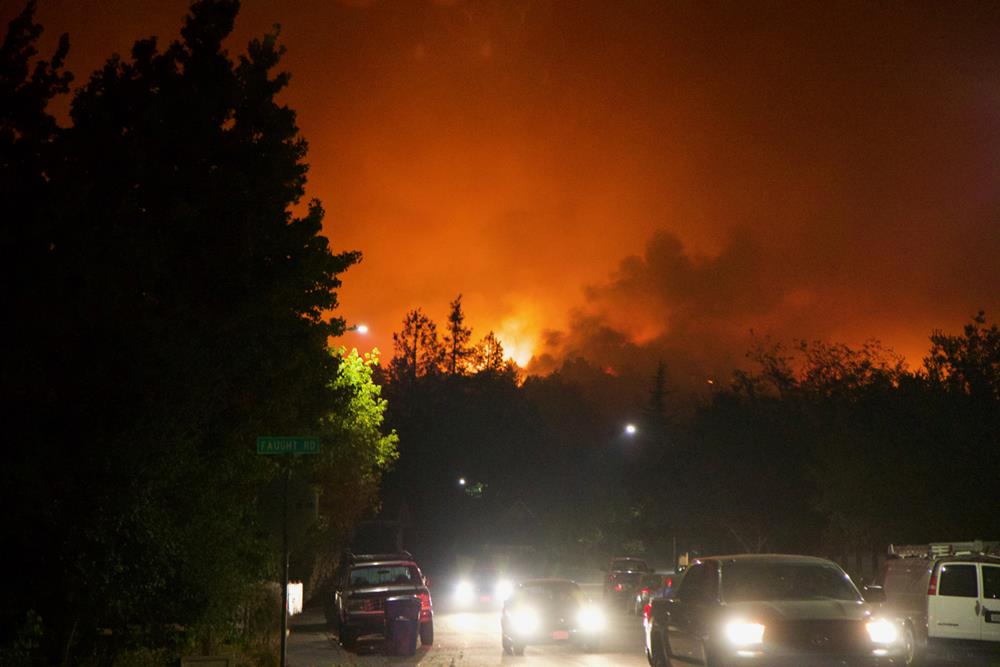
Knowing what to do when an evacuation is announced can save valuable time and reduce panic during a wildfire emergency. Once you’ve prepared your home and gathered supplies, it's vital to understand how evacuation procedures work and what different alerts mean.
1. Know the Types of Evacuation Alerts
Pre-Evacuation Notice: Be prepared to leave at a moment’s notice. This is your cue to pack up, load your vehicle, and finalize last-minute preparations.
Mandatory Evacuation Order: Leave immediately. The fire poses a direct threat to your safety, and delaying could put you and responders at risk.
2. Learn Local Evacuation Routes and Shelters
Evacuation routes may change depending on fire behavior, so familiarize yourself with multiple exit paths and local emergency shelters. Keep maps in your Go-Kit and on your phone in case GPS fails.
3. Monitor Red Flag Warnings
A Red Flag Warning signals high fire danger due to dry conditions, wind, and heat. Take it seriously—it often precedes emergency alerts and evacuations.
4. Keep Your Evacuation Kit Ready
Have your emergency Go-Kit packed and placed near the door or in your vehicle. It should include:
Water, food, medications
First aid supplies
Extra clothing and flashlights
Copies of essential documents like IDs, insurance papers, and medical records—store these in a waterproof container or fire-resistant pouch
5. Stay Informed
Sign up for local emergency alerts, follow updates from trusted news sources, and use weather apps to monitor wildfire activity in real time. Staying connected helps you respond quickly and accurately to evacuation notices.
Understanding these procedures and staying proactive can make a life-saving difference during wildfire season.
Essential Supplies for Evacuation
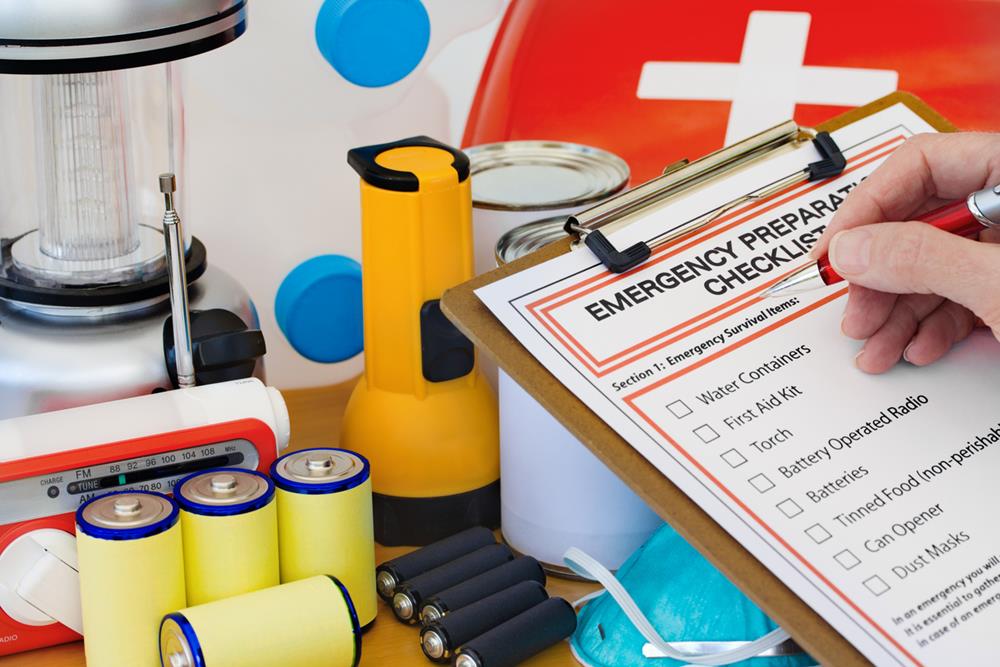
In the event of a wildfire, having a well-prepared evacuation kit—or "Go-Kit"—can be a lifesaver. It ensures that you and your family can leave quickly with the essentials needed to stay safe and self-sufficient for at least 72 hours.
1. Basic Survival Supplies
Your Go-Kit should include:
At least 3 days' worth of water and non-perishable food
A portable water supply for drinking, hygiene, and basic cooking
A one-month supply of prescription medications, stored in a clearly labeled, child-proof container
A first aid kit with bandages, antiseptics, and over-the-counter medications
2. Important Documents and Cash
Pack copies of vital records like:
Identification (ID cards, passports)
Insurance policies
Medical records
Home and vehicle titles
Keep them in a waterproof, fire-resistant container to ensure they survive the journey.
3. Clothing and Personal Protection
Include:
Long-sleeved shirts and long pants to protect against heat, ash, and debris
Sturdy, closed-toe shoes or boots
Face masks or bandanas to help reduce smoke inhalation
4. Personal and Family Essentials
Don’t forget:
Toiletries and hygiene supplies
Extra eyeglasses or contact lenses
Items for infants, seniors, or people with special needs
Pet food, carriers, and supplies for your animals
Irreplaceable keepsakes such as family photos or heirlooms (if space allows)
By preparing your Go-Kit in advance and keeping it easily accessible, you’ll be ready to evacuate safely and efficiently—without wasting time during a high-stress emergency.
Staying Informed and Connected
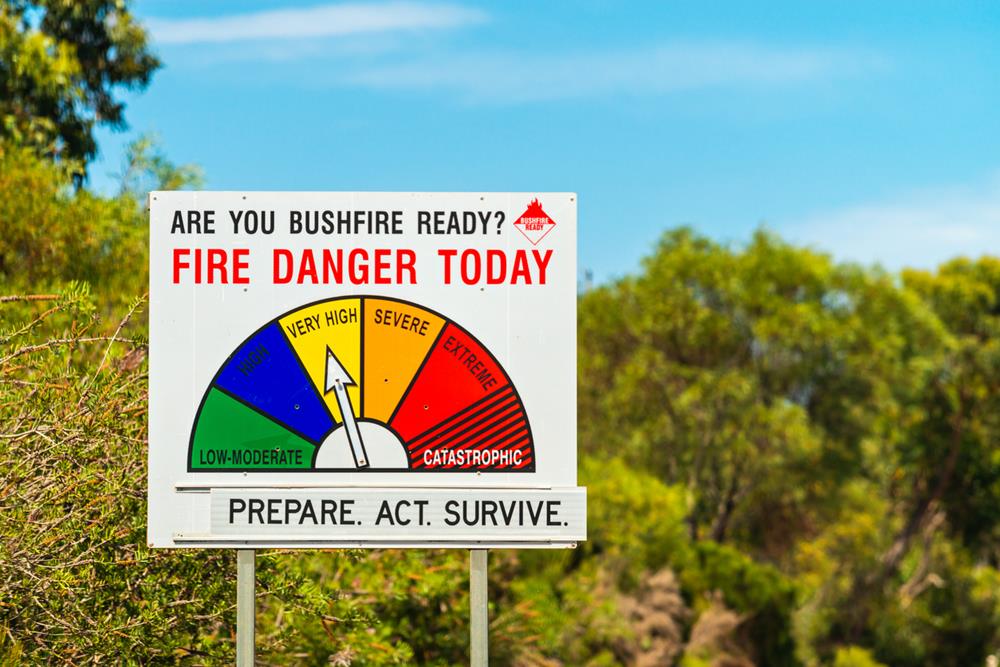
Once your Go-Kit is ready, staying informed and connected becomes the next priority for wildfire survival.
Sign up for local emergency alerts to stay informed about wildfire risks and evacuation routes. Keep an eye on real-time updates through local news and social media for safety recommendations.
Monitor the air quality index and smoke forecasts to protect your respiratory health from wildfire smoke. Establish a communication plan with your family, designating an out-of-area contact to coordinate your safety.
Utilize apps and resources that provide updates on wildfire conditions, local shelters, and evacuation routes. Being proactive and informed guarantees you're prepared to act swiftly, safeguarding yourself and your loved ones in this challenging situation.
Stay connected, stay safe.
Post-Wildfire Safety Measures
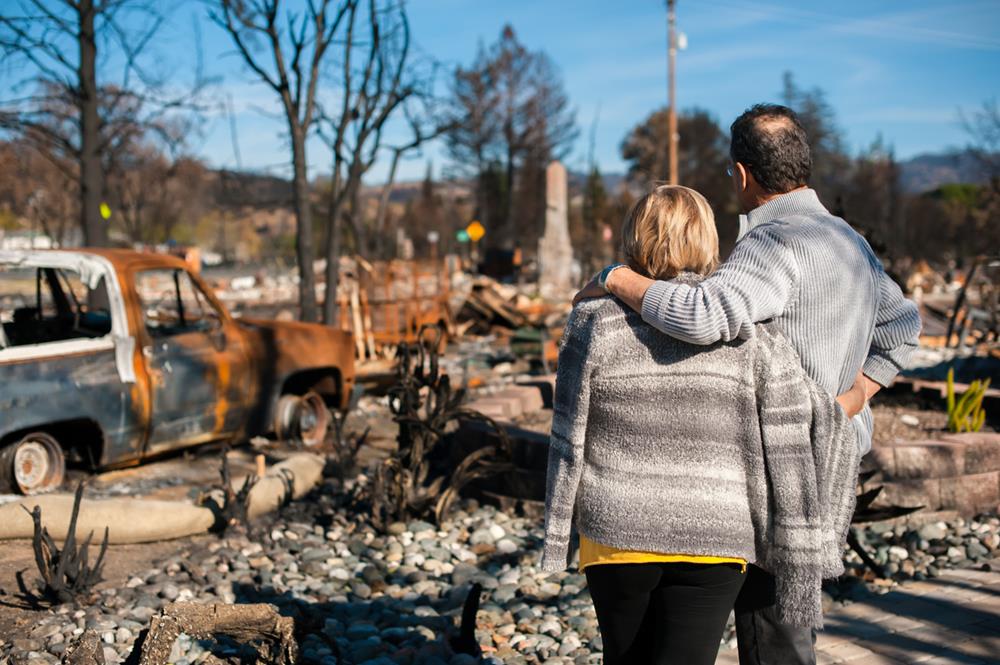
Once a wildfire has passed, returning home is not as simple as walking through the front door. The landscape may look safe, but hidden dangers often remain. Following proper post-wildfire safety measures is essential to protect yourself, your loved ones, and your property.
1. Wait for Official Clearance
Only return home after local authorities confirm it’s safe. Wildfires can leave behind unstable structures, hazardous debris, and hidden hot spots.
2. Wear Protective Gear
During cleanup, wear:
Long sleeves and pants
Heavy-duty gloves
Sturdy boots
N95 mask or respirator to avoid breathing in ash, soot, and harmful particles
3. Check for Hot Spots and Fire Risks
Carefully inspect your property for:
Smoldering embers in brush, wood piles, or under debris
Hot spots that could reignite—douse them with water immediately
4. Document Damage
Before beginning any cleanup:
Take photos or videos of all damaged areas
Make detailed lists of lost or damaged items
Contact your insurance company to start a claim
5. Inspect Utilities and Water Safety
Have professionals check gas lines, electrical wiring, and septic systems for damage
Confirm with local health officials whether your tap water is safe to drink—wildfires can contaminate water sources with ash and chemicals
6. Identify and Address Structural Hazards
Check your home’s:
Foundation and walls for cracks
Roof and attic for fire damage
Windows and ventilation systems for soot and debris buildup
7. Prioritize Emotional Recovery
Experiencing a wildfire can be traumatic. Allow time for emotional recovery and seek support from local relief agencies or counselors if needed.
By taking these precautions, you’ll not only reduce your risk of injury but also ensure a smoother and safer transition back to normal life after a wildfire.


